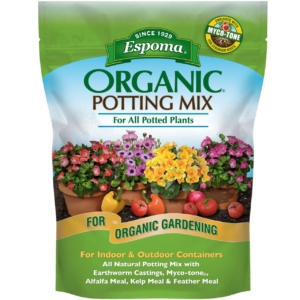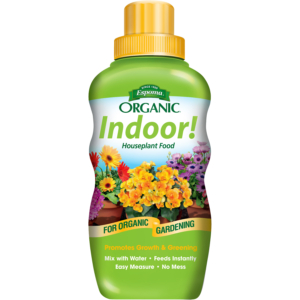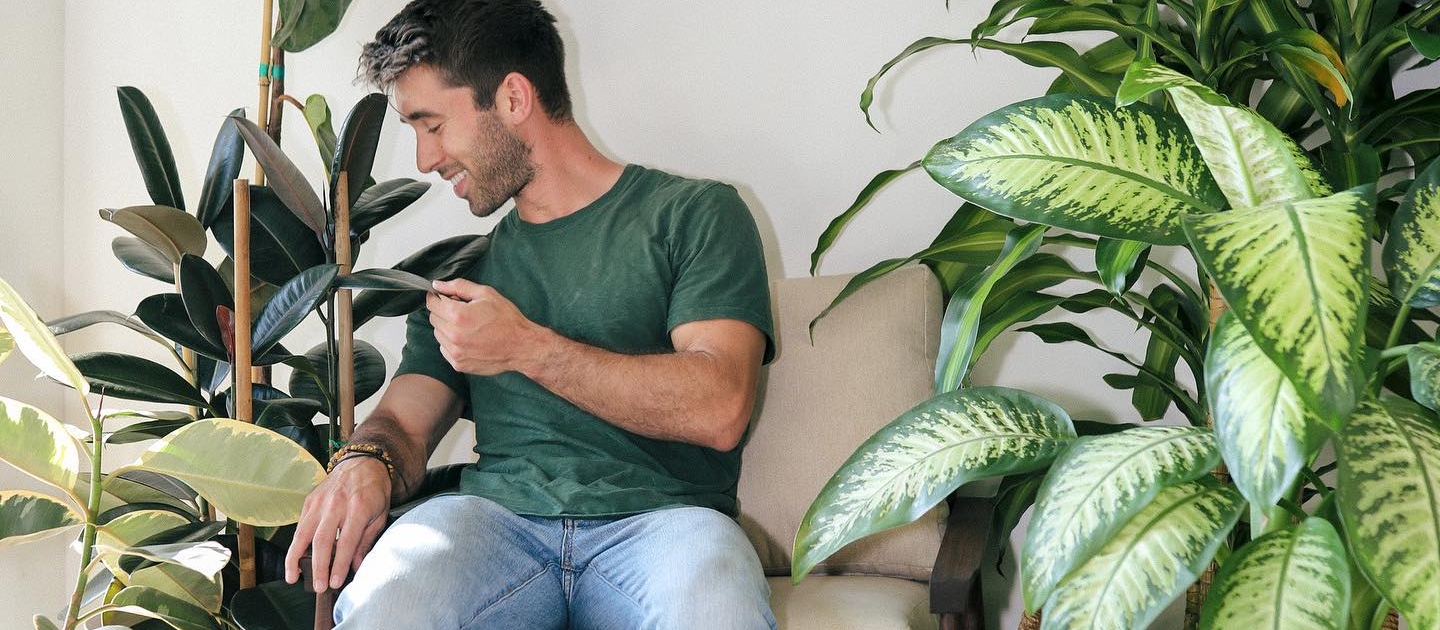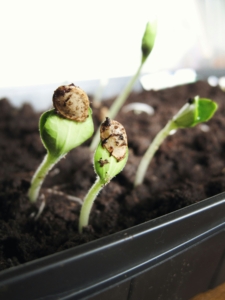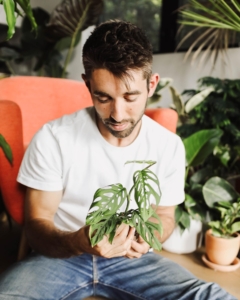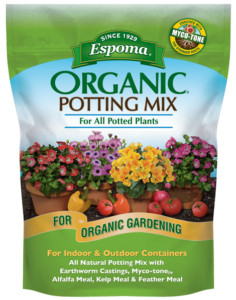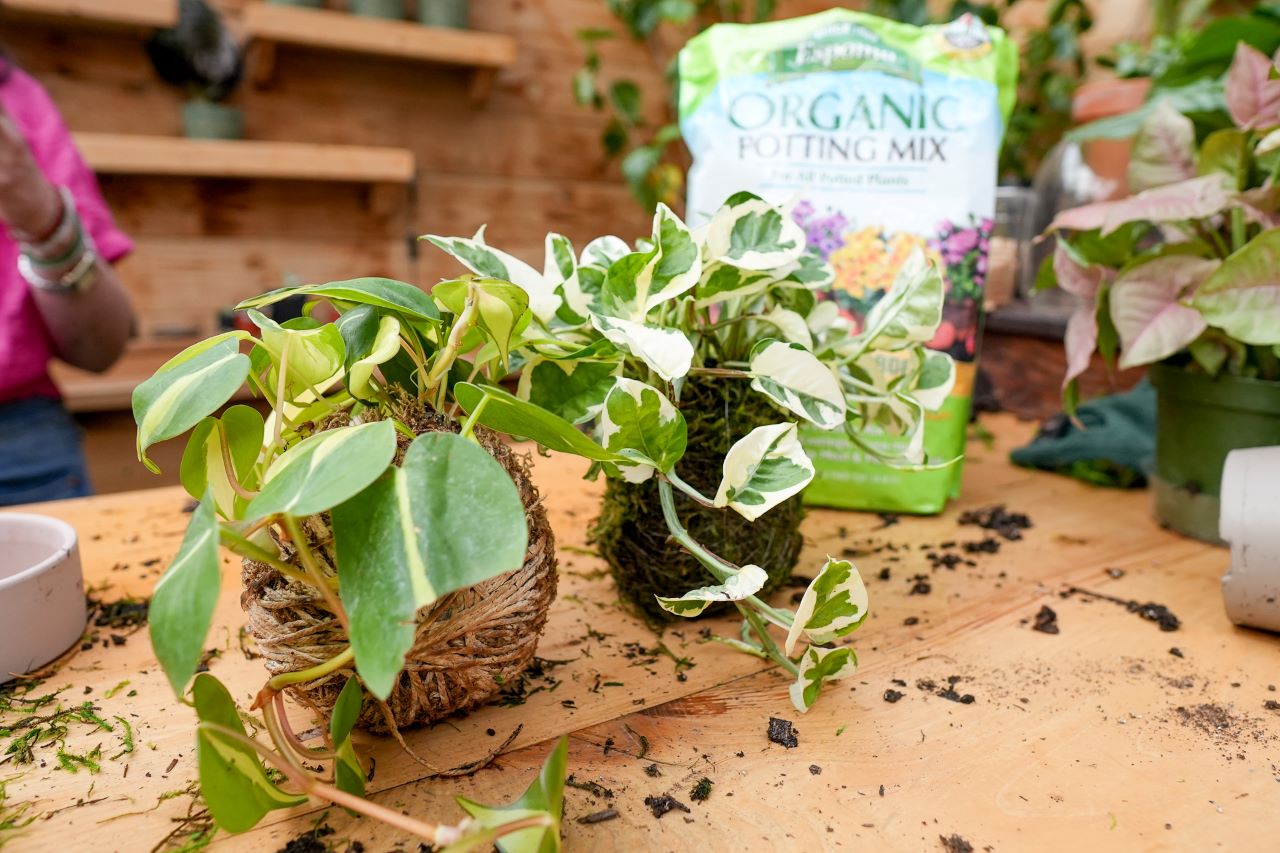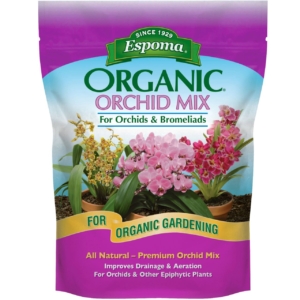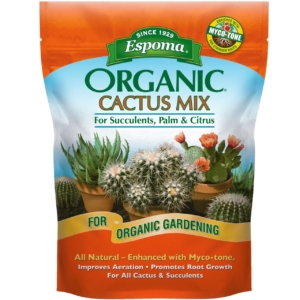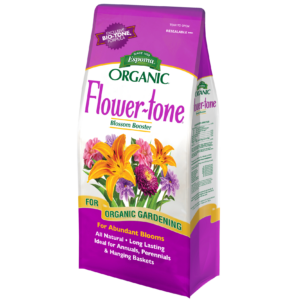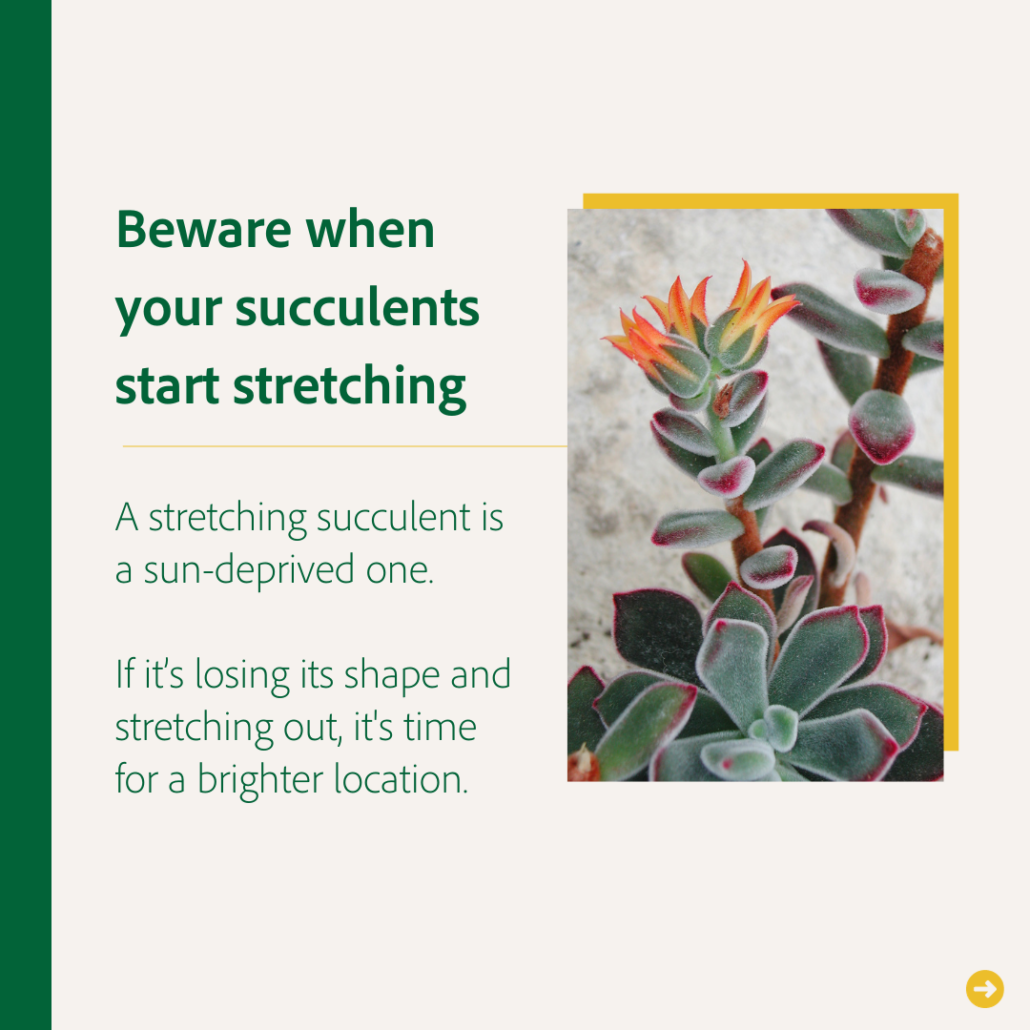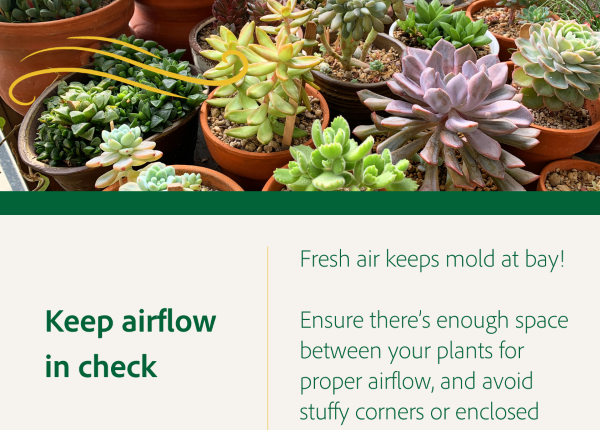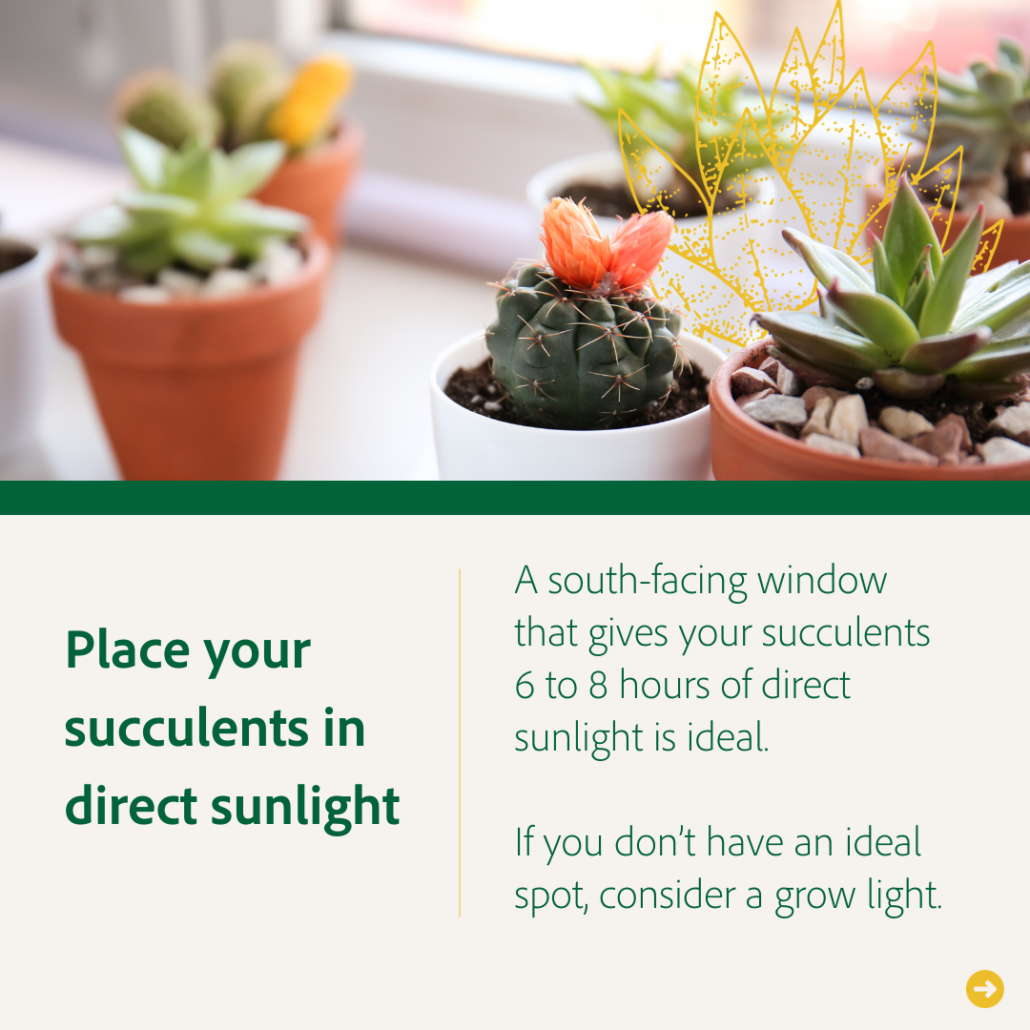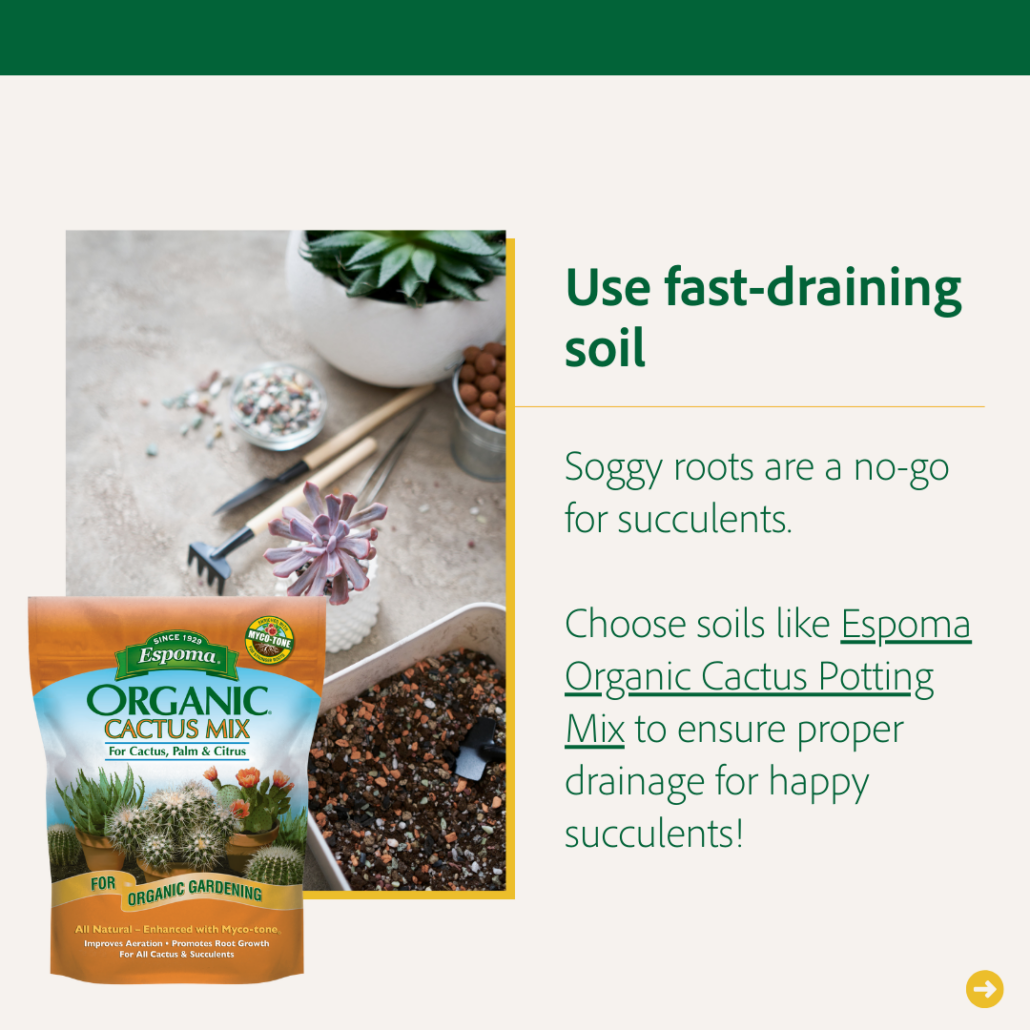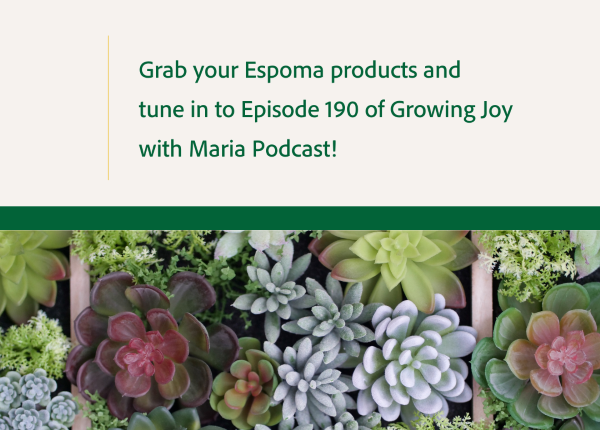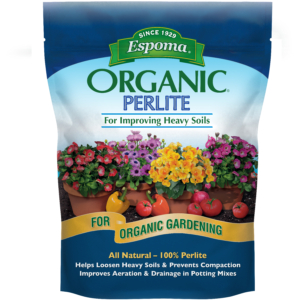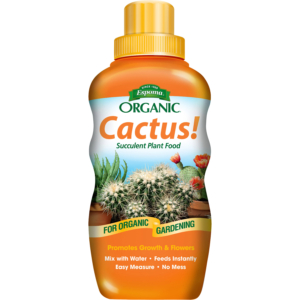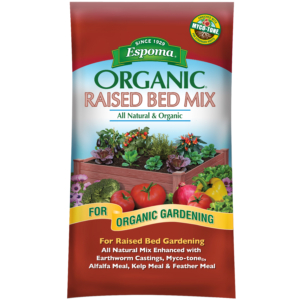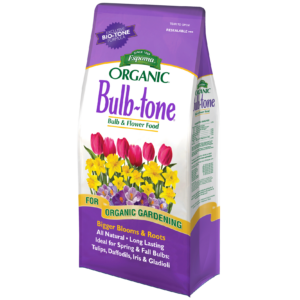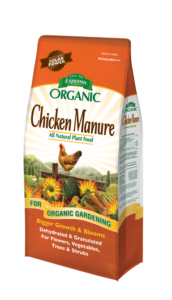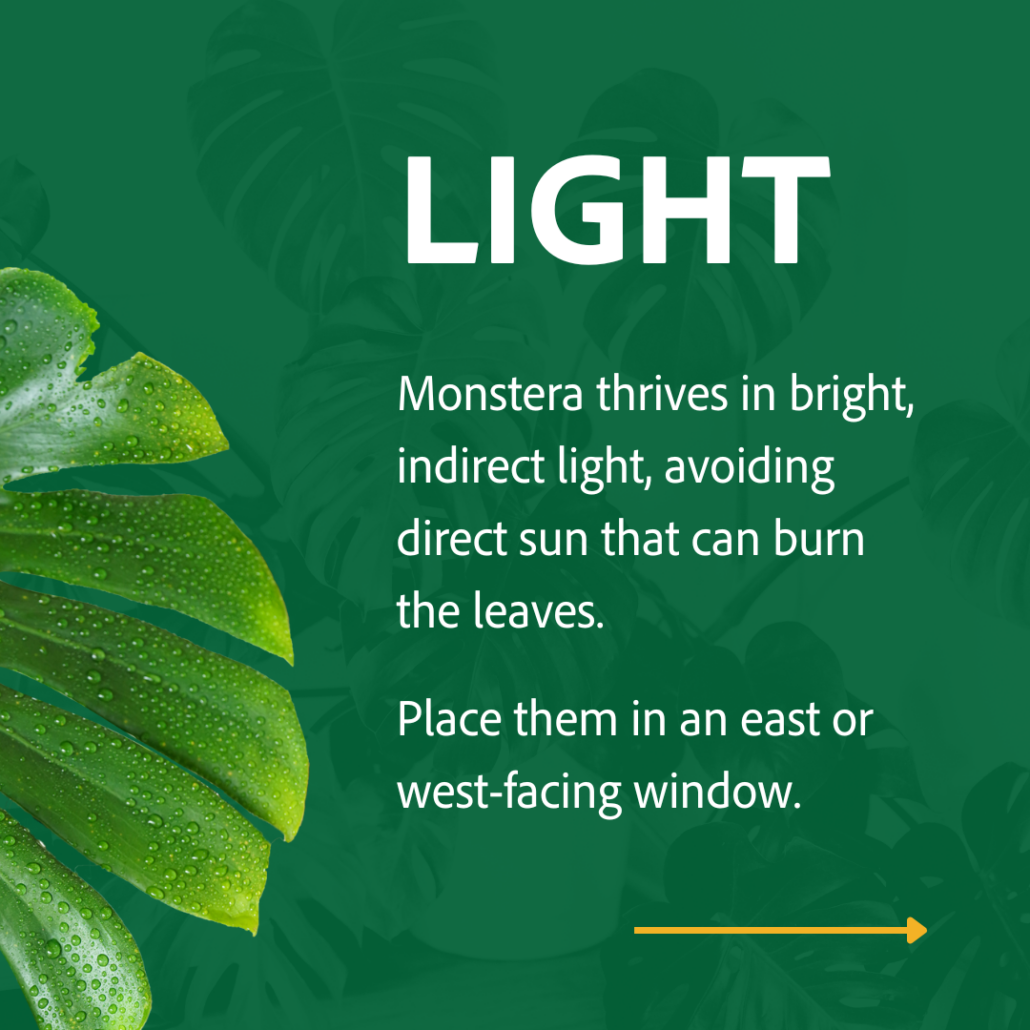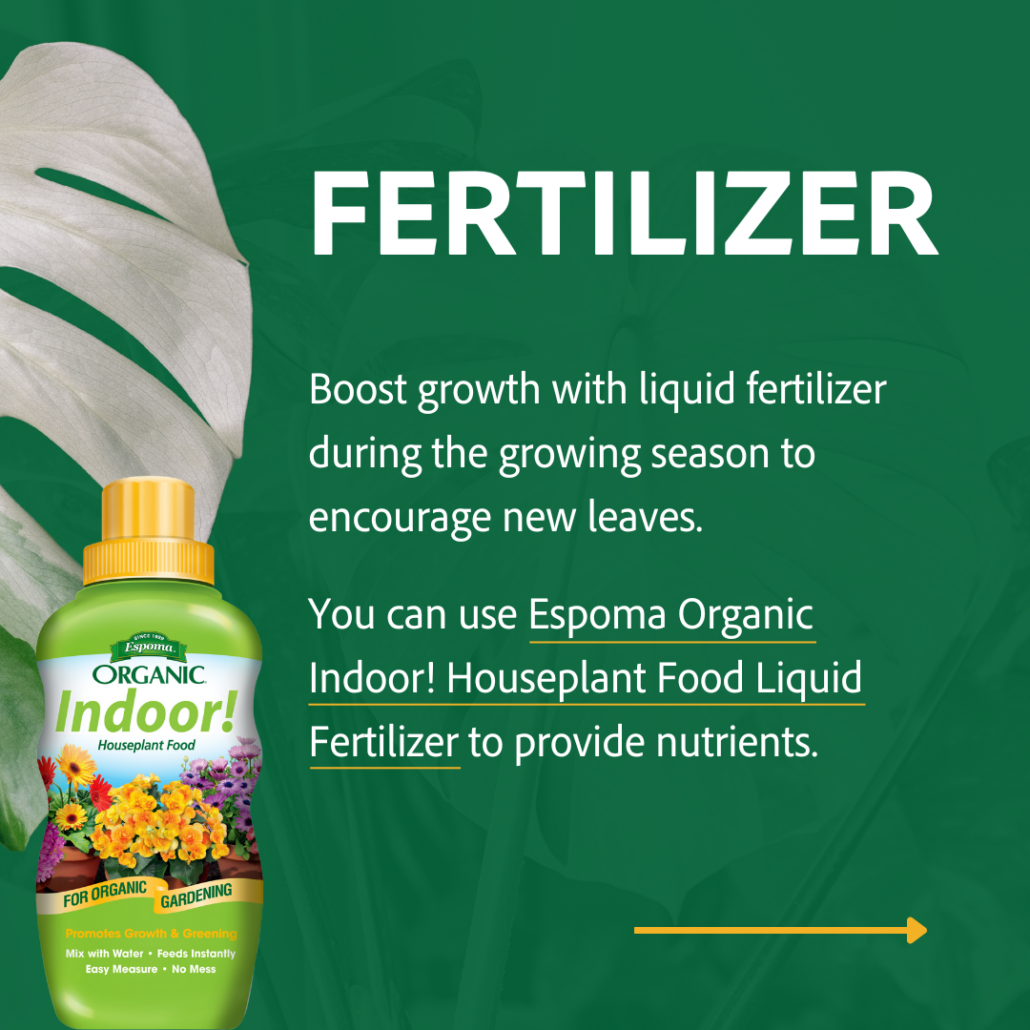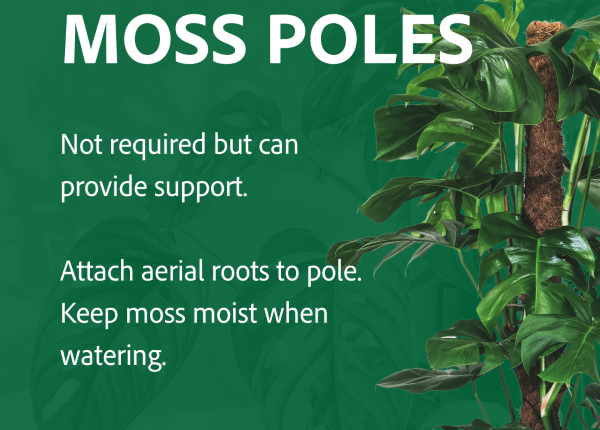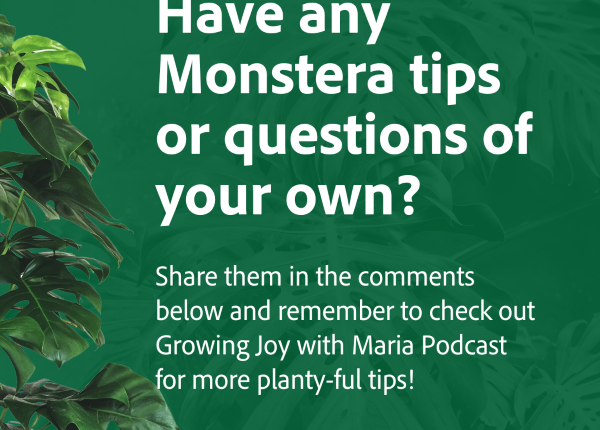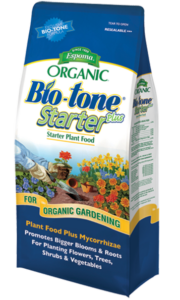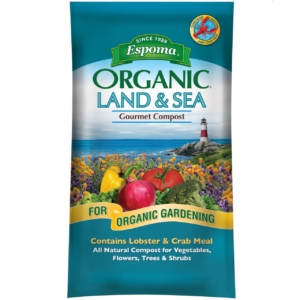
How did you get into plants and gardening?
I had just graduated from Tufts University back in 2014 and since I was going to be living at home rent-free, my mother wanted me to do something around the house. So, she suggested I start a garden.
Without knowing a THING about growing food, or plants in general, I agreed, and what started as a simple summertime hobby soon became an OBSESSION.
Each season the garden grew more robust. Sugar snap peas, sweet potatoes, and sunflowers burst forth from the earth like a jungle, and I took fierce pride in the life I was cultivating. My parents observed from afar (and with mild concern), but they too enjoyed the fruits of my labor. THEY were not plant people. They didn’t grow up gardening or even owning plants, yet their son was now rolling around in the dirt and reading seed catalogs in his free time.
I was very… very cool.
How did Farmer Nick start?
My mom had coined the name Farmer Nick during my time at home in White Plains, but the Instagram account didn’t start until I moved into NYC. Three years after planting my first garden, I moved to Manhattan to continue my corporate career in tech sales and it was a shock to the system. After spending a few weeks in my 600 sq ft concrete box of an apartment, I realized that there was a garden-size hole in my life. So I did the only thing that made sense and bought 100 houseplants.
From there I began sharing my growing journey on Instagram and started taking on small consulting clients to help them bring greenery into their homes. All of a sudden things started getting out of control, and between social media, Netflix opportunities, and plant clients, I decided to leave my corporate job to pursue Farmer Nick full-time in 2019.
What came first for you, plants or sustainability?
I honestly didn’t care about the environment before plants came into my life. I used a lot of single-use plastic and regrettably mocked the Meatless Monday kids in my college dining hall. Environmental issues were simply out of sight and out of mind, and had I continued living a plant-less life I probably would have remained the same.
Plants changed all of that, and I give them full credit for turning me into the electric car–driving, thrift-shopping, vegan-eating, kitchen-composting environmentalist I am today.
Although the transformation didn’t happen overnight, Mother Nature had planted a seed deep in my mind, and an important question began to germinate…
How could I care about the plants that I was growing, but not care about the earth that was home to these beautiful beings?
Plants were the stepping stones, the botanical bridge, that guided me to this more environmentally enlightened state, and if this could happen to me, then why couldn’t it happen to others?
It is my theory that if I can convince you to care about the small plant on your desk, you will start caring about the BIG plant we all live on. I’ve thought long and hard about my own transformation, and channeling my inner Master Yoda, I’ve created a path to environmentalism that I call the Four Es.

Experience (with nature), leads to Excitement (about nature)
Excitement (about nature), leads to Empathy (for nature)
Empathy (for nature), leads to Effort (to protect nature)
How have plants/gardening helped you? How do you hope that plants/gardening helps others?
Plants have changed my life in so many ways but the most significant impact has been on my mental health. I lived a very fast-paced lifestyle in NYC, and although I still have a ton of energy and travel the world doing various Farmer Nick projects, my plants always keep me grounded. They are inherently slow. They require patience and trust. And they won’t give me the instant gratification that I so often seek from social media algorithms. Being in the garden is my moment of meditation and I am so grateful for them.
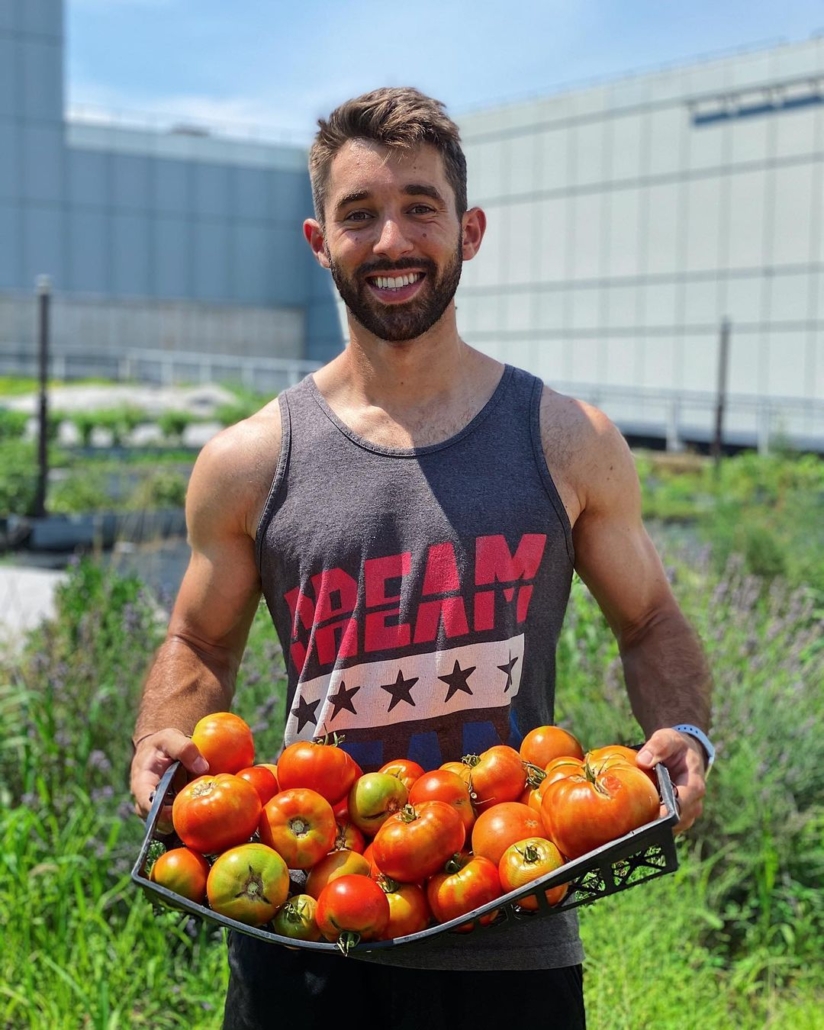
When did you become vegan?
I went fully vegan at the end of 2019. I watched a few documentaries in 2017 on the environmental impact of eating meat, and I decided that if I was going to truly embody my environmental values, I should start implementing more plants. The transition to full veganism took a few years, but as I immersed myself in that world, I started to become motivated by animal rights and health benefits as well. Not everyone needs to go vegan to change the world, but eating more plants regularly is undoubtedly better for the planet.
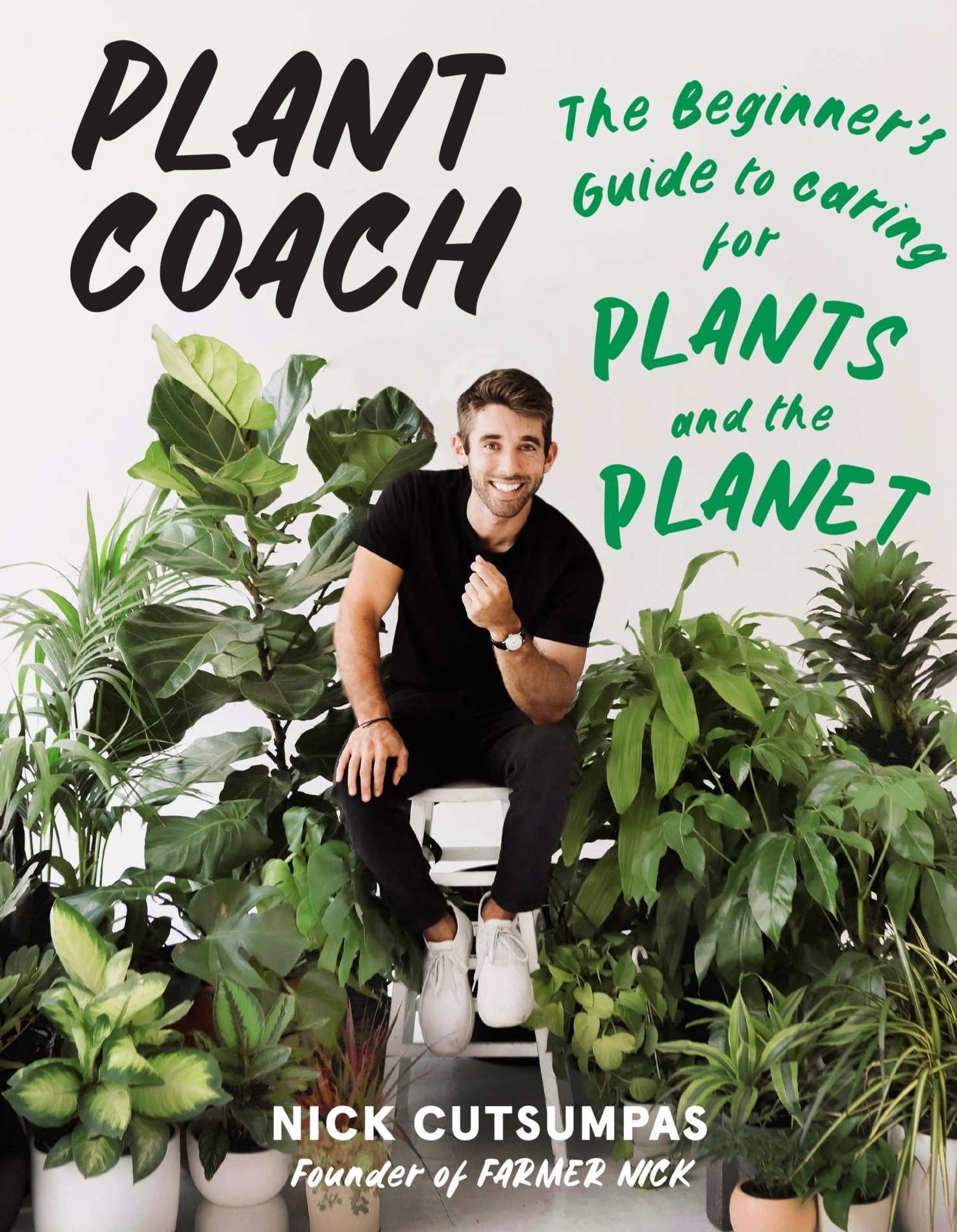
What is a plant coach?
A plant coach is someone who empowers you with the wisdom and confidence you need to create your own green space. As a former college athlete and youth coach myself, I have experienced firsthand the impact a good coach can have on behavior change. They can’t do it for you, and each person responds differently to coaching, but the key is understanding that information alone is not the answer. I applied the same coaching practices to my clients in the plant world, and it has inspired amazing plant behaviors that continue to grow to this day.

Why did you start Farmer Nick Jr.?
Farmer Nick Jr is a new account I made to promote The Adventures of Farmer Nick and Plant; a ZERO COST course for kids to learn all about plants. I never had any plant or gardening role models growing up, which is why I believe it is so vital that children (especially young boys) learn the value of caring for the planet. This is why I wanted to build this course and I collaborated with an educational consultant to make sure my vision was built with defined educational standards. It is also a great excuse to dress up as a plant haha
Tell us about your favorite project you’ve done so far.
My favorite project has got to be a landscape I designed in West Hollywood. This family had almost no budget and allowed me to rip out turf grass in both the front and backyards and replace it with raised beds for veggies and drought-tolerant plants. We even planted a whole allee of fruit trees. An epic project and quite delicious too.
*****
Learn more about Farmer Nick – www.farmernick.com
Featured Products:
